Posts

UCLA Labor Center Building Named in Honor of Iconic Civil Rights Leader Rev. James Lawson Jr.
For a building dedicated to ensuring fair treatment and opportunities…
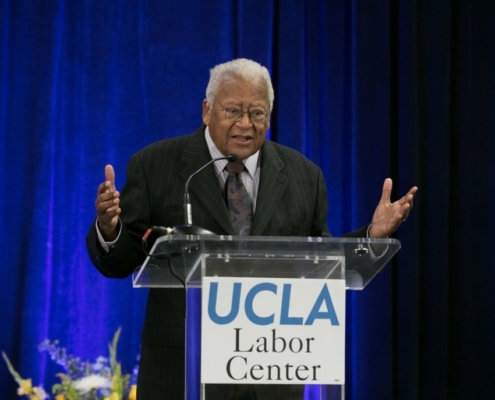
UCLA Labor Center Receives $15 Million to Renovate and Rename Its Downtown Building After Rev. James Lawson Jr.
The UCLA Labor Center has received $15 million from the 2021-22…
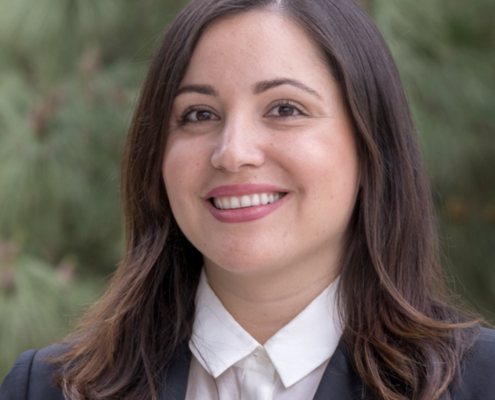
Sonja Diaz Testifies in U.S. House Hearing on Ensuring Free and Fair Access to the Ballot
Sonja Diaz, founding director of the UCLA Latino Policy and…
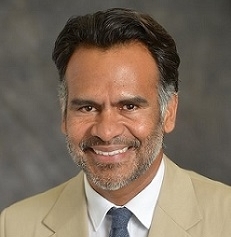
Professor Avila Featured in PBS Film, “Driving While Black: Race, Space and Mobility in America”
UCLA Professor Eric Avila, was one of the scholars and community…
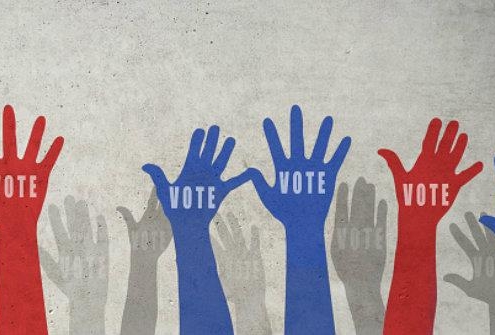
Testimony on Voting Rights Issues
The U.S. House Committee on Administration was authorized…
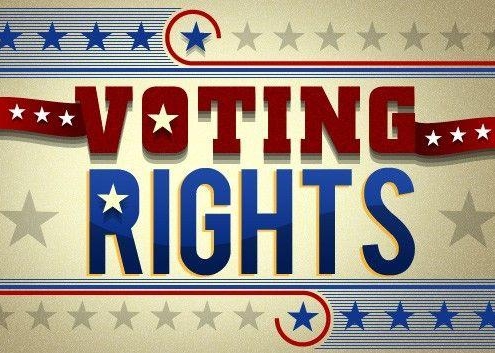
Defending Voting Rights: A Civil Rights and Social Science Partnership in Action
By Chad Dunn, Brazil & Dunn, Attorneys at Law, and Matt…

Policing’s Role in Racial Segregation: 50 Years After the Fair Housing Act
By Rahim Kurwa Assistant Professor, University of Illinois…

